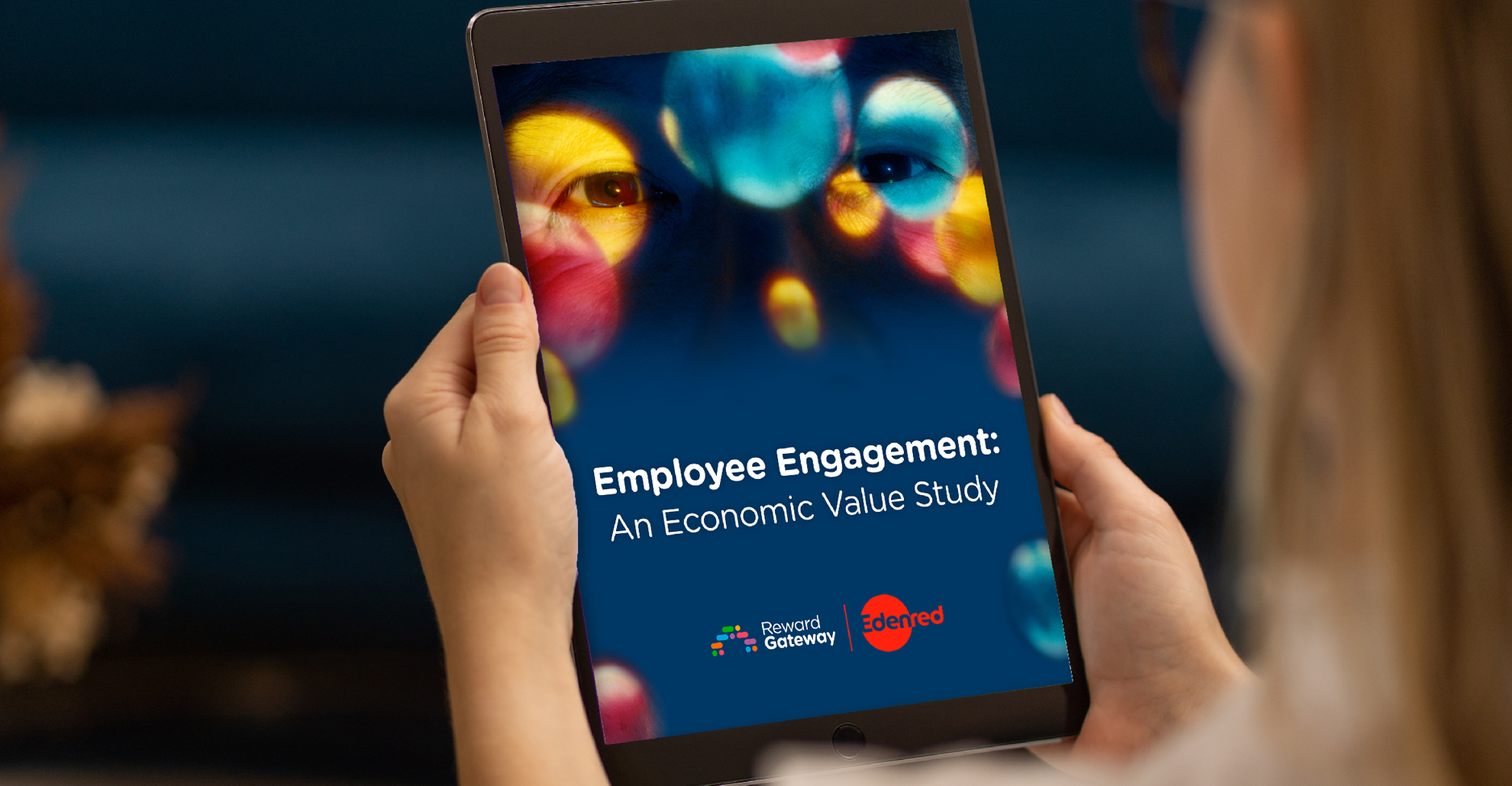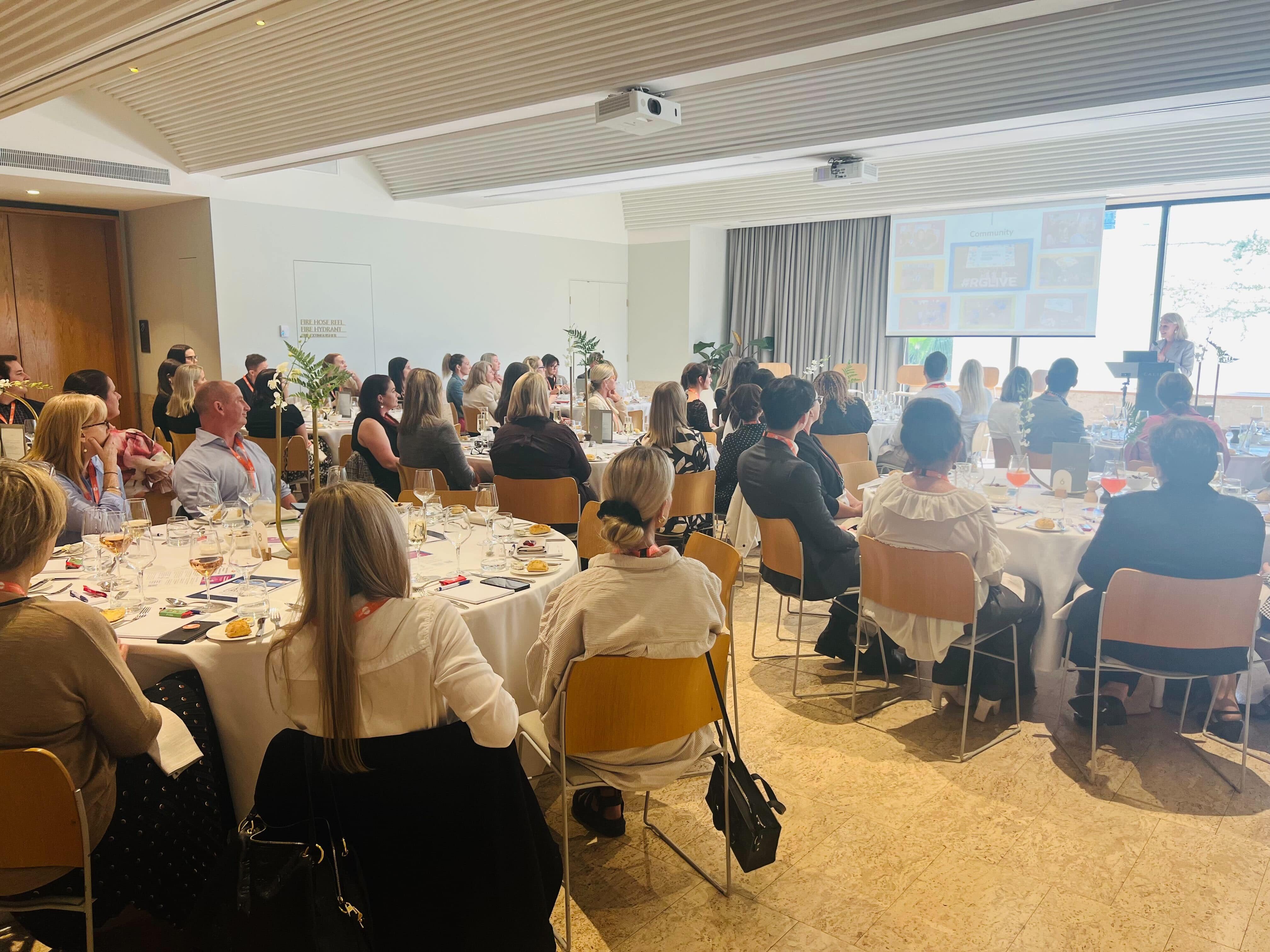A Total Reward Statement (TRS) is a document – or set of documents – that outline the full breadth of an organisation’s benefits offerings. This can include wellbeing programs, learning and development opportunities and any other services on offer. Constructing a valuable TRS for employees can become quite complex, but there are some tried-and-true steps to take to ease the process – and ensure you get it right.
Tailor your TRS for a diverse – and specific – audience
First, ensure that information is clear, easy to interpret and readily accessible to employees. For example, the TRS that we offer at Reward Gateway allows you to customise the language preference, plus gives you the opportunity to add personalisation to the messaging.
Unclear or disorganised information doesn’t help anyone and reduces the impact of a detailed TRS, which means you likely won’t see high engagement from your people.
From an admin perspective, understanding what you’re offering to your employees and the takeup is critically important, but employees need to be in the know, too. Particularly in challenging financial times like we’re living in now, helping employees clearly see how the benefits they receive enable their base pay to stretch further – for example, a discounts program or less traditional benefits like extended parental leave, or monetary rewards for tenure or great work. Every bit counts towards your overall Employee Value Proposition in what you offer to your people to stand out from the competition.
Employees need to access their TRS on both mobile and desktop devices to see their benefits portfolio at a glance, no matter where they are, so if they are signing up for benefits (after hours, for example), it’s more convenient for them to make decisions that suit their individualised needs.
Using TRS to improve engagement and employee retention
 An effective TRS shows the entire picture of what an employer offers to their employees. Used strategically, the TRS can improve employee engagement, retention and overall satisfaction with their benefits package. In today’s landscape, non-monetary benefits that look at the full range of employees’ day-to-day needs can be just as, if not more, compelling than ‘the basics.’
An effective TRS shows the entire picture of what an employer offers to their employees. Used strategically, the TRS can improve employee engagement, retention and overall satisfaction with their benefits package. In today’s landscape, non-monetary benefits that look at the full range of employees’ day-to-day needs can be just as, if not more, compelling than ‘the basics.’
For example, if your employees are taking advantage and are fully aware of your benefits, they could realise much more ‘money’ in their back pocket, like reimbursement for a wellbeing allowance, rescuing their newest four-legged companion or getting married. At RG, these benefits add up to over $1k in additional ‘compensation’ alone!
Overall, highlighting the value of benefits and the difference they make to the full package goes a long way towards people feeling valued and fairly compensated for the job they do and the contributions they make. Plus, the lesser bottom-line impact to your business will make CFOs happy as well! As we know, putting in place something like an employee discounts program is a way to extend the disposable income of your people. If you partner with the right vendors for discounts to suit everyday lifestyles, employees can save up to $1,000.
How to overcome implementation challenges and barriers
First and foremost, ensure employees are aware of the TRS and have easy access to it. A centralised platform is a strong solution here because you can wrap strategic and frequent comms around it. Provide additional resources as necessary to clarify terms, benefits or learning opportunities listed in the TRS to help employees understand the resource.
Additionally, once you have constructed your TRS, you or your employees may find that it highlights gaps in your overall benefits package, which may require the business invest in a solution to address those gaps.
 Best practices and innovative approaches to TRS communication
Best practices and innovative approaches to TRS communication
Each employee has unique preferences when it comes to how and where they consume information and media. Experts have been arguing for years about the end user’s preference for video vs. text – and for what kinds of text they might prefer. In reality, this means that you’re best off using a variety of media forms. FAQs, video announcements, a newsletter-style blog and TRS reminders scheduled in the comms calendar are all valuable to different people in your audience.
You may already have a centralised platform or the option to centralise a ‘tile’ – or access point – to send employees directly to their benefits portal, where they can quickly see what else they can ‘add’ to their benefits in a shopping-like experience and realise the positive impact.
I cannot emphasise enough the importance of contextualising your TRS to your unique organisation and its current employee base. Communicate frequently and openly to get a clear understanding of both what they want and how they want to access it. Your employees are the lifeblood of your business, so it’s important to support them where they are with the benefits they actually want.
Is it time to craft your own Total Reward Statement? Get in touch with one of our experts to set up a conversation to see what we can do for your TRS.
 Phoebe Hutton
Phoebe Hutton



